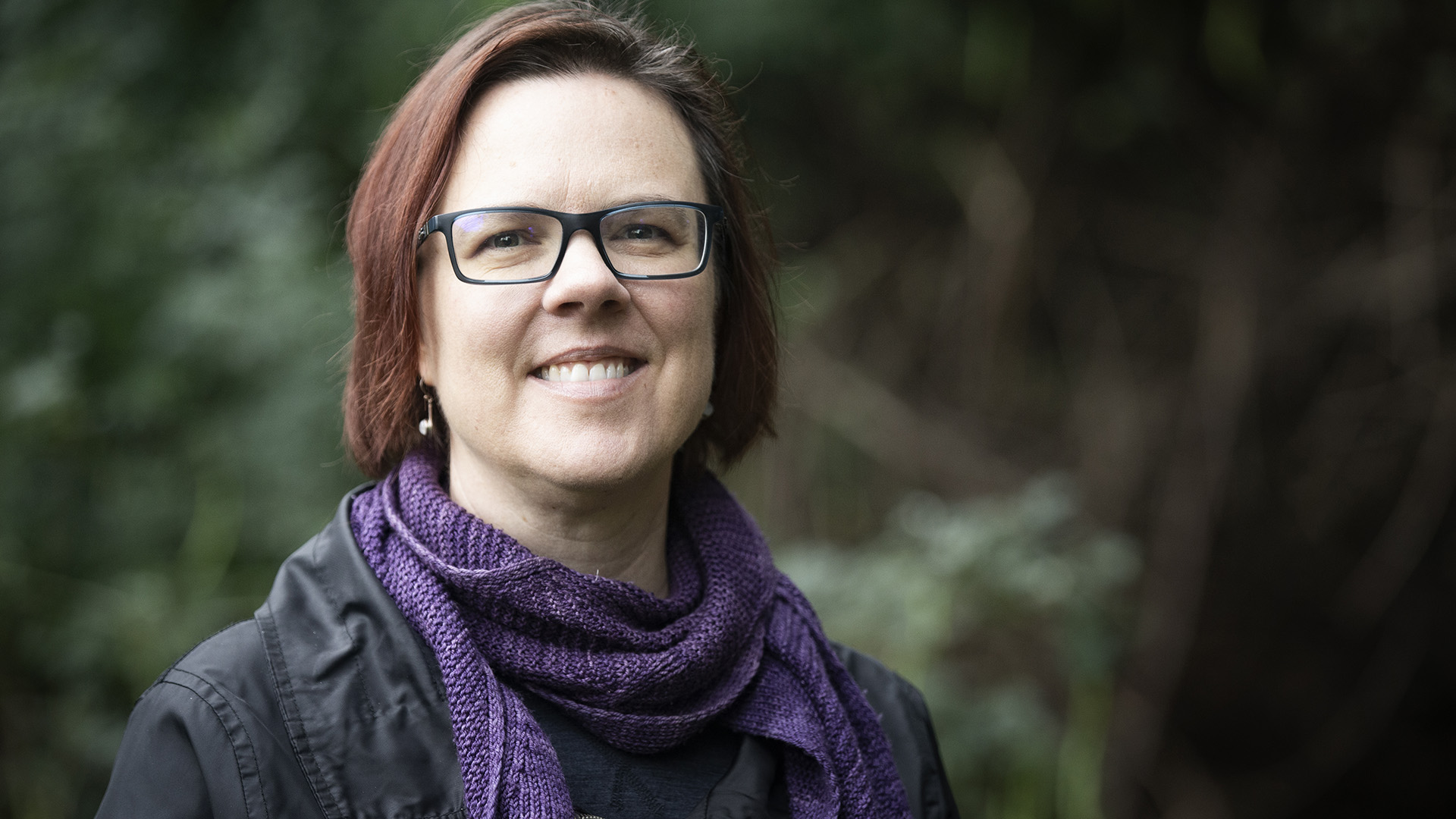July 30, 2020
Future Fellowship awarded for study of invasive plant management
Project will lead to better weed and environmental policy and decision making
Human geographer Dr Jennifer Atchison from the University of Wollongong’s Faculty of the Arts, Social Sciences and Humanities has been awarded an Australian Research Council (ARC) Future Fellowship, announced by the Federal Minister for Education Dan Tehan on Wednesday 29 July.
The Future Fellowships scheme supports outstanding mid-career researchers and encourages research in areas of national priority. It aims to expand Australia’s knowledge base and research capacity, which in turn will provide economic, commercial, environmental, social and/or cultural benefits for Australia.
The ARC awarded Dr Atchison the Future Fellowship, which comes with funding of $934,000 over four years, for her project “Transforming invasive plant management in northern Australia”.
The project is about social and ecological transformation in northern Australia attributed to invasive plants. It aims to better understand the record of deliberate plant introductions in the past, as well as the contemporary relationship between invasive plants and development.
“The pace and scale of contemporary environmental and social change in northern Australia really demands that we understand the nature of this transformation, and also how we might best equip land managers and communities to deal with the problems weeds bring,” Dr Atchison said.
Invasive plants are transforming the landscapes of northern Australia. By interacting with fire regimes and pasture management, invasive plants are fundamentally changing how ecosystems function – they alter both the biological diversity of the environment and as well as the structure of its vegetation.
Dr Atchison, a member of UOW’s Australian Centre for Culture, Environment, Society and Space, said that while these ecological changes are already recognised as problematic, what is less well understood is how weeds and the practices of weed management are affecting people and communities.
“Weed management is now a very large component of land management programs and it carries significant advantages such as employment and training – but there are potential costs and social challenges,” Dr Atchison said.
“Weed management can be a drain on resources; it costs land managers significant time and money. Further, it can lead to social conflict, either because people have different values and goals in relation to environmental outcomes, and/or because the tenacious nature of some plants makes them exceedingly difficult to deal with.”
The project will take a broad geographic approach and will include case studies and sites in Queensland, Western Australia and the Northern Territory.
In the historical component of the project, Dr Atchison will trace plants designated as “Weeds of National Significance”, and the people and organisations who introduced them, in order to better understand how they were established as part of the colonial process, as well as how their distribution has changed.
The contemporary component of the project focuses on land-use change in particular industries and contexts: mobile pasture production (hay), agro-forestry, peri-urban horticulture and agriculture, and land-use change in the context of Indigenous land management in the east Kimberley.
The project will engage with key communities and industry stakeholders and provide multiple opportunities for people with different interests in northern Australia to share their perspectives and contribute to the study.
“A lot of my work is really about talking to people and understanding their point of view; the team I’ll build will conduct interviews, surveys and focus groups and encourage participation,” Dr Atchison said.
“My research with the Marralam Gadjerong Aboriginal Community in the Kimberley will use collaborative research design and cultural mapping approaches to build a picture of change there.
“Documenting this information helps us to understand more deeply what drives particular perspectives, what people do in practice, and the apparent contradictions.
“I plan to share the information generated through this social research with communities, industry and government so that it might contribute to better weed and environmental policy and decision making into the future.”

Some of the invasive weeds found in northern Australia: (clockwise from top left) gamba grass (Andropogon gayanus) Palmerston, NT; parkinsonia (Parkinsonia aculeata) near Wyndham, WA; rubber vine (Cryptostegia grandiflora) near Mt Surprise, Qld. Photos: Jennifer Atchison



